Wind-powered device works 24/7 to produce clean drinking water out of thin air
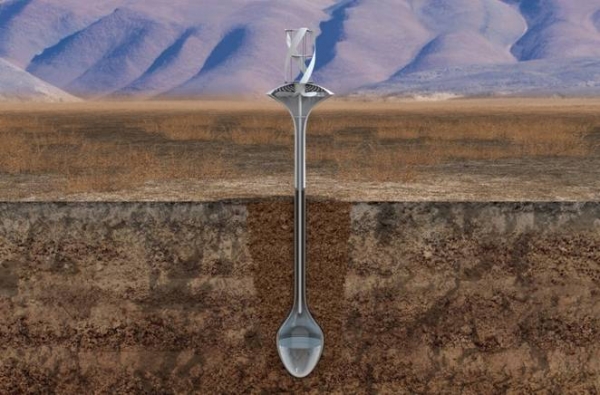
WaterSeer could be the answer to water scarcity around the world
WaterSeer could be the answer to water scarcity around the world
Researchers at VICI-Labs, in collaboration with UC Berkeley and the National Peace Corps Association (NPCA), developed a device that condensates pure water from the air without the use of power or chemicals. The WaterSeer is an inexpensive, low-tech and low-maintenance condenser that is expected to create water self-sufficiency in communities around the world.
It uses a relatively simple mechanism, with an above-ground turbine that spins in the breeze, turning internal fan-blades and directing air down into a condensation chamber installed 1.8m (6 ft) underground. There, the metal sides of the chamber are cooled by surrounding soil and these in turn cool down the warm air inside the chamber. This causes the water vapor to condensate into liquid water flowing down into the reservoir. With the help of a pump, the potable water can be easily extracted and collected. Due to the fact that the sides of the underground chamber are always cooler than the air, WaterSeer can collect water during day and night, even with no wind. Under optimal conditions, it is estimated that it can yield up to 42L (11 gallons) of drinking water per day. A simple, sustainable and scalable way of providing water, at a cost of just $134.
The original WaterSeer model was tested as a prototype in the UC Berkeley Gill Tract Community Farm in April 2016, whereas the current model was finalized in August and will be field-tested in collaboration with the NPCA over the next 6 months, with the intent of shipping the final design within the next year. To support their idea and complete the design, the innovators are still running a rather successful crowdfunding campaign (the initial fundraising goal was exceeded in 20 days).
"Previous solutions based on condensation use a great deal of energy, usually in the form of diesel-powered compressors and evaporators. They are basically big air conditioners. Some use powerful and dangerous chemicals that can damage the immediate environment. They are also difficult to move, require high technical skills to operate, and expensive to operate and maintain. WaterSeer uses no power or chemicals of any kind. It is completely non-polluting and its simple construction is inexpensive and maintenance free", claim the innovators.
Source: Treehugger
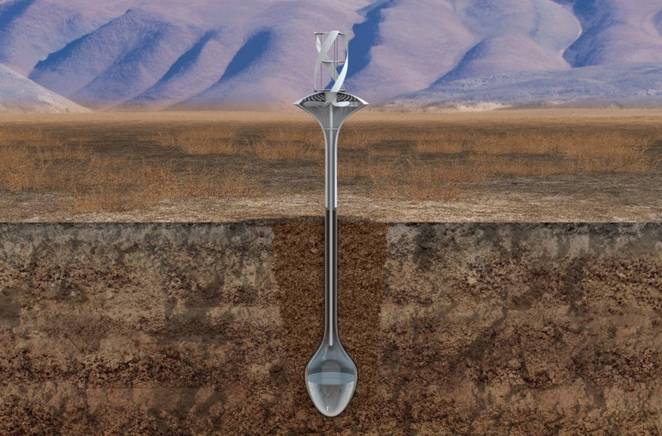
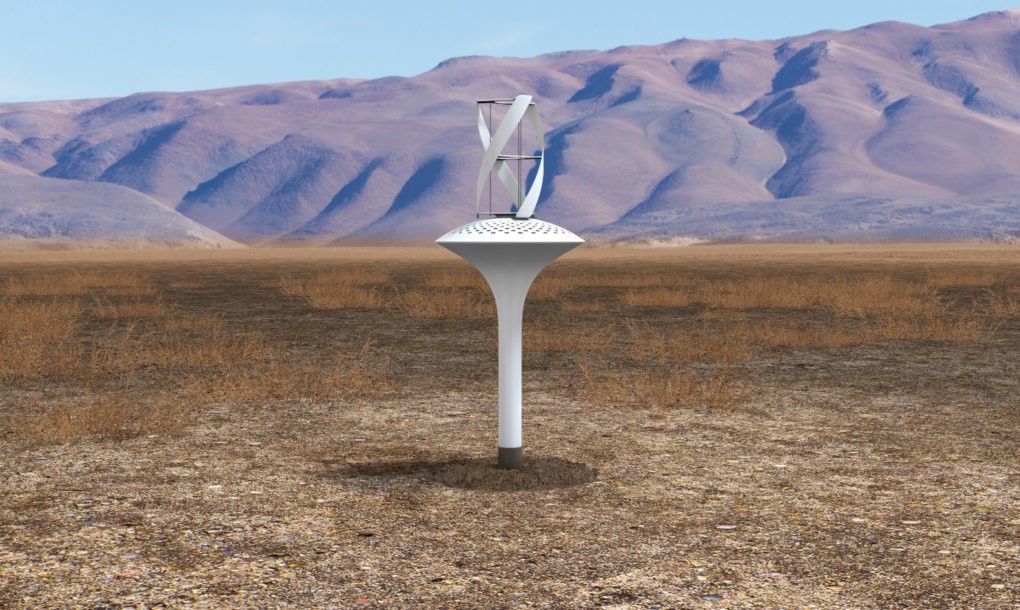
Source: Treehugger
Want to read more like this story?
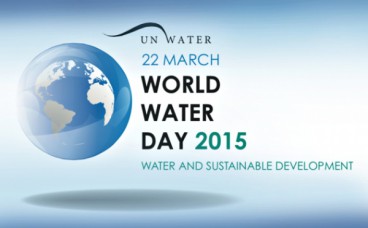
March 22nd is World Water Day!
Mar, 22, 2015 | NewsSince 1993, the United Nations has designated March 22nd of each year as World Water Day, a day dedi...

SuntoWater generators produce 150-400L of potable water per day out of thin air
Mar, 06, 2017 | NewsThey can be powered by solar or solar plus grid power They can be powered by solar or solar plus...
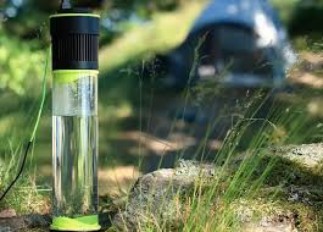
This bottle makes water out of light and thin air
May, 12, 2016 | NewsIt is called Fontus and condensates moisture from the air, turning it into drinkable water using sol...
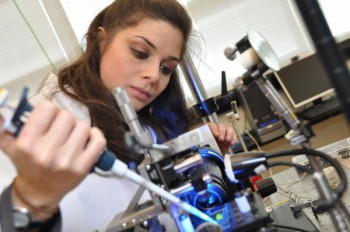
Researchers have developed a miniaturized water quality sensor that can monitor drinking water quality in real time
Oct, 03, 2017 | NewsThis tiny and inexpensive device -built using a 3D printer- can be deployed anywhere in the water di...

Thames Water Accelerates Plans to Secure South East's Future Water Supply
Jun, 07, 2024 | NewsToday marks a significant step in securing the future water supply for the South East as Thames Wat...
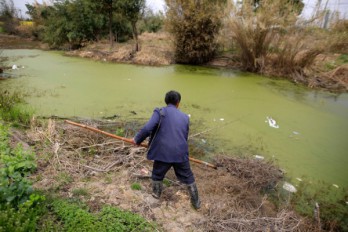
More than 80% of underground water in China is heavily polluted
Apr, 12, 2017 | NewsIndustrial pollution and farming has rendered it unsuitable for human use Industrial pollution an...

Ancient engineering methods to address water shortages
Jul, 31, 2019 | NewsAccording to a new study, published in Nature Journal, a 1,400-year-old system of canals that divert...

Next generation reverse osmosis water purifier
Nov, 16, 2016 | NewsWaterO brings highly-filtered drinkable water to the kitchen table WaterO brings highly-filtered...
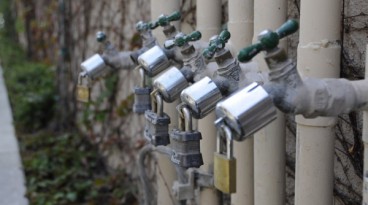
Water scarcity: Cape Town is running dry
Feb, 20, 2018 | News‘Day Zero’ approaches, when the city’s water taps will be turned off in Mid-May â...
Trending

Vertical gardens in Mexico City to combat pollution

Saudi Park Closed After 360 Big Pendulum Ride Crashes to Ground, 23 injured

Characteristics of Load Bearing Masonry Construction

Taipei 101’s impressive tuned mass damper

Dutch greenhouses have revolutionized modern farming

Federal court rules Biden’s offshore drilling ban unlawful


